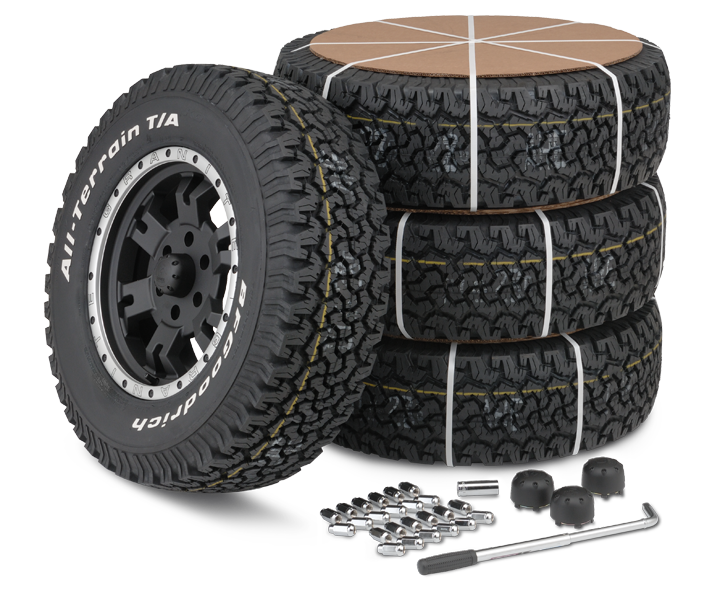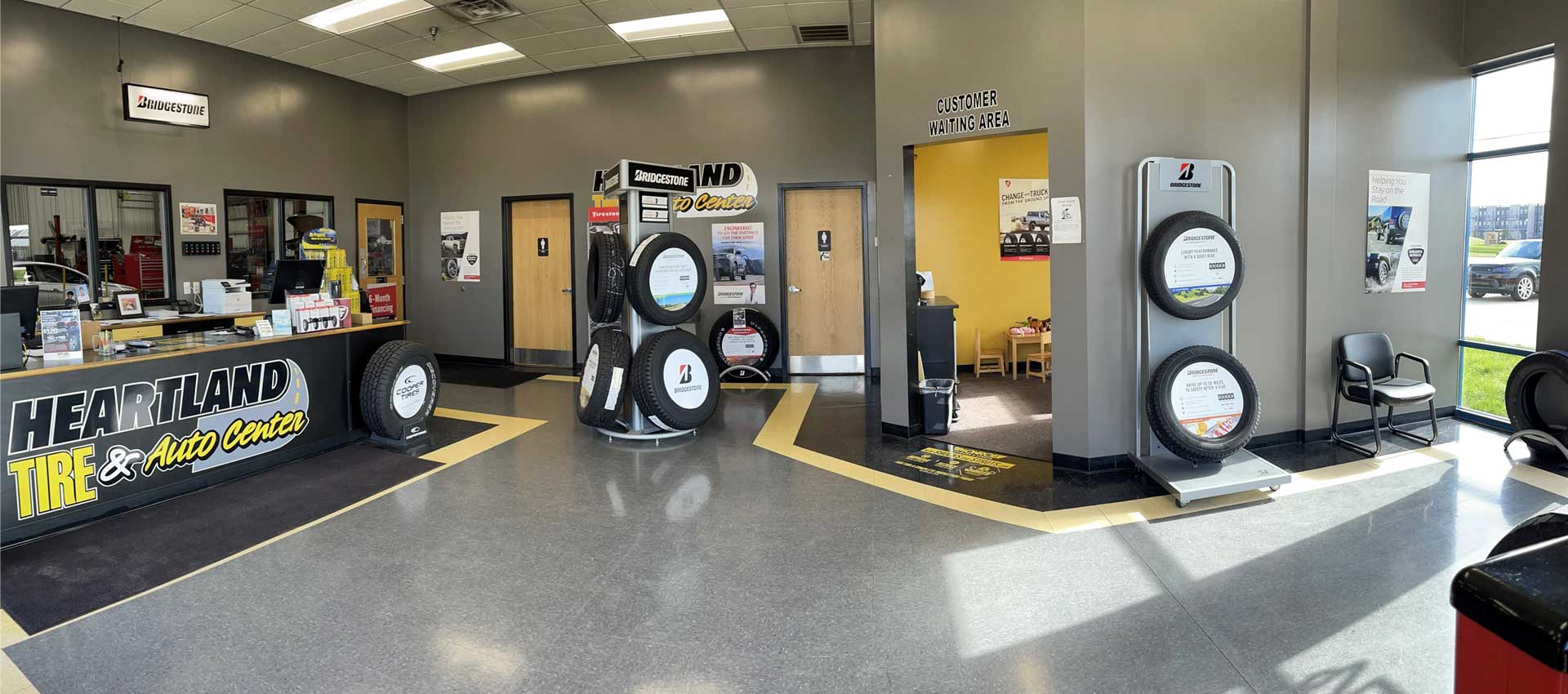Expert Morris Tire and Alignment Providers: Make Certain a Smooth and Safe Drive
Expert Morris Tire and Alignment Providers: Make Certain a Smooth and Safe Drive
Blog Article
Tire Solution: The Influence of Weather
When it comes to guaranteeing optimum performance and safety and security on the road, recognizing the effect of climate conditions on tire solution is vital. In this discussion, we will certainly explore the complex relationship in between weather conditions and tire solution, shedding light on the relevance of weather-specific tire maintenance practices and factors to consider.
Heat and Tire Performance
When revealed to heats, tires experience changes in efficiency that can considerably impact automobile safety and handling. The warm created from long term driving or heat problems creates the tire rubber to soften, leading to minimized step life and raised wear. As the rubber becomes softer, the tire's hold when driving diminishes, affecting braking distances and general grip. In extreme situations, too much heat can even create tire blowouts, positioning an extreme security threat to the vehicle and its owners.
Additionally, high temperatures can increase the procedure of tire aging, causing the rubber to wear away a lot more quickly. To minimize the impacts of heat on tire efficiency, chauffeurs should frequently check their tire pressure, revolve tires to guarantee also put on, and inspect for any signs of damage.
Winter Impacts
Cold weather condition conditions can have a substantial influence on tire efficiency and safety and security. As temperatures decline, tire rubber can harden, causing lowered traction on icy or snow-covered roadways. In winter, tires might also lose atmospheric pressure more rapidly, which can influence handling and fuel performance. Additionally, chilly temperature levels can cause tire sidewalls to stiffen, boosting the risk of damage from pockets or other road dangers.
To alleviate the results of cool weather on tires, it is vital to routinely inspect tire pressure and inflate them to the maker's suggested degrees. Making use of winter or all-season tires developed for cool climate problems can additionally improve grip and grasp on icy or snowy roads - tire shop morris. Proper tire maintenance, consisting of normal inspections for wear and damage, becomes a lot more important throughout cooler months to make certain optimal performance and safety and security
Rainy Issues Impact
During stormy conditions, tire efficiency and safety and security can be considerably influenced by the damp road surfaces and reduced exposure. The step pattern of tires plays a vital duty in preserving grip on damp roads. Tires with worn-out treads are extra prone to hydroplaning, where a layer of water accumulates in between the tire and the road surface area, leading to loss of traction. To fight this, drivers ought to regularly examine their tires for appropriate step deepness and consider buying tires especially designed for wet problems.

Snow and Tire Security
Snow-covered roads pose unique difficulties for motorists, emphasizing the importance of correct tire option and maintenance. When driving in snowy conditions, having the right tires can make a significant distinction in safety and efficiency. Wintertime tires are created with special rubber substances and walk patterns to offer better grip on snow and ice compared to all-season tires. The deeper treads and sipes of winter tires aid hold the road better, reducing the threat of moving and sliding.
In enhancement to utilizing winter tires, it is crucial to guarantee they are properly blown up. Cold weather condition can cause tire stress to go down, impacting grip and handling (discount tires morris il). Regularly examining and preserving the correct tire pressure is read this post here necessary for optimal efficiency in snowy conditions

Weather-Related Tire Upkeep
Weather-related tire upkeep encompasses an array of practices aimed at ensuring optimum tire function and durability in various climate situations. One key element of weather-related tire maintenance is tire pressure law. Inspecting tire tread consistently and replacing tires when walk wear reaches a particular depth is important for next page keeping traction and security in adverse climate.
Verdict
In verdict, climate problems have a significant impact on tire efficiency and safety. From warm impacting tire stress and wear to winter reducing grip, it is important to consider the climate when preserving and utilizing tires. Rainy problems can reduce grip and lead to hydroplaning, while snow can raise the danger of mishaps if tires are not properly equipped. Weather-related tire upkeep is important in making sure optimum performance and safety and security when traveling.
In this discussion, we will certainly explore the complex relationship in between weather problems and tire service, losing light on the significance of weather-specific tire upkeep practices and factors to consider.

Report this page